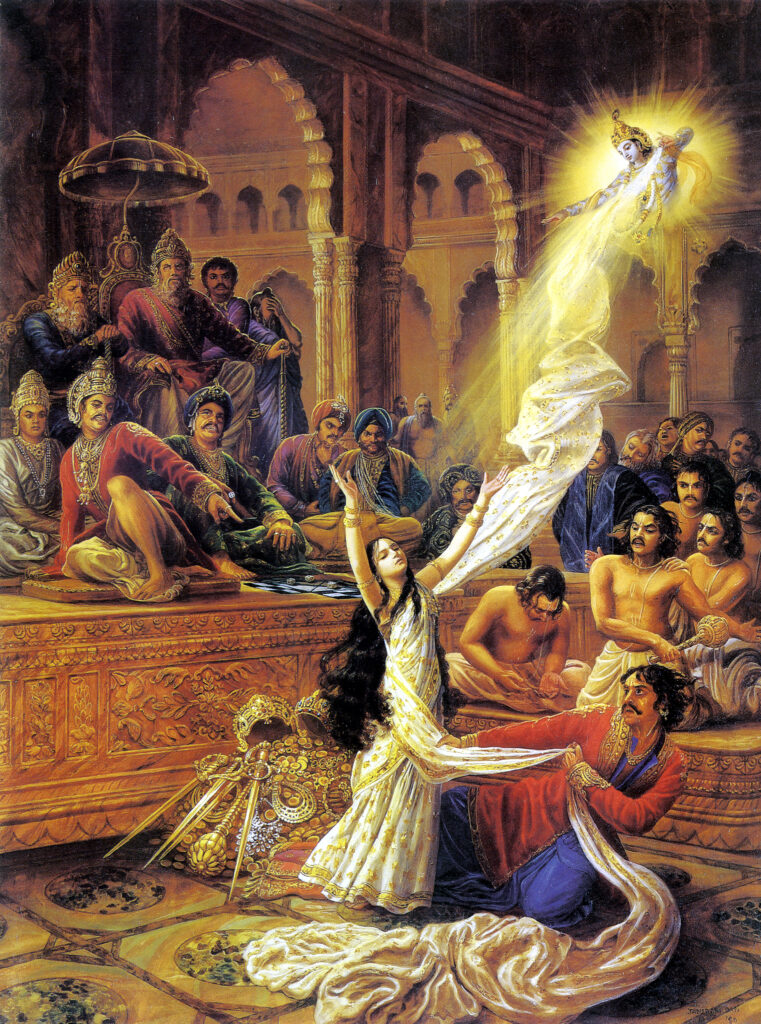One great problem we have in our movement is that many don’t go very deep into the philosophy, and prefer to just base their understanding on isolated quotes from Prabhupada’s books or other scriptures. We can see these battles of quotes everywhere. This is one point made by Srila Jiva Goswami in his Sat Sandarbhas: isolated quotes from the scriptures are of very little value since verses must be understood inside a context. When verses are taken out of context, they can be misused to support all kinds of conclusions.

Although we use quotes all the time to sustain different philosophical conclusions, as a general rule, no isolated passage can be accepted as proof of anything. We need to examine the context of the passage inside the book, studying the verses that precede and follow it, as well as understand what are the general conclusions of the book and the Vedas as a whole. In the case of a passage from Srila Prabhupada, for example, one needs to examine the context of the quote, and the general conclusions of the book and take into consideration the general conclusions Prabhupada gives on his teachings. If a passage appears to suggest that Prabhupada is authorizing divorce, for example, it must be taken inside the general context that Prabhupada was condemning divorce, and thus accepted as an exception, and not the rule. By then examining the context, we can then understand what exactly it means.
One good book to study in order to develop the critical sense necessary to deconstruct mistaken ideas sustained by isolated quotes is the Govinda Bhasya of Srila Baladeva Vidyabhusana. The whole book is based on examining mistaken philosophical propositions and finding the real meaning of passages used to sustain them.
Continue reading








